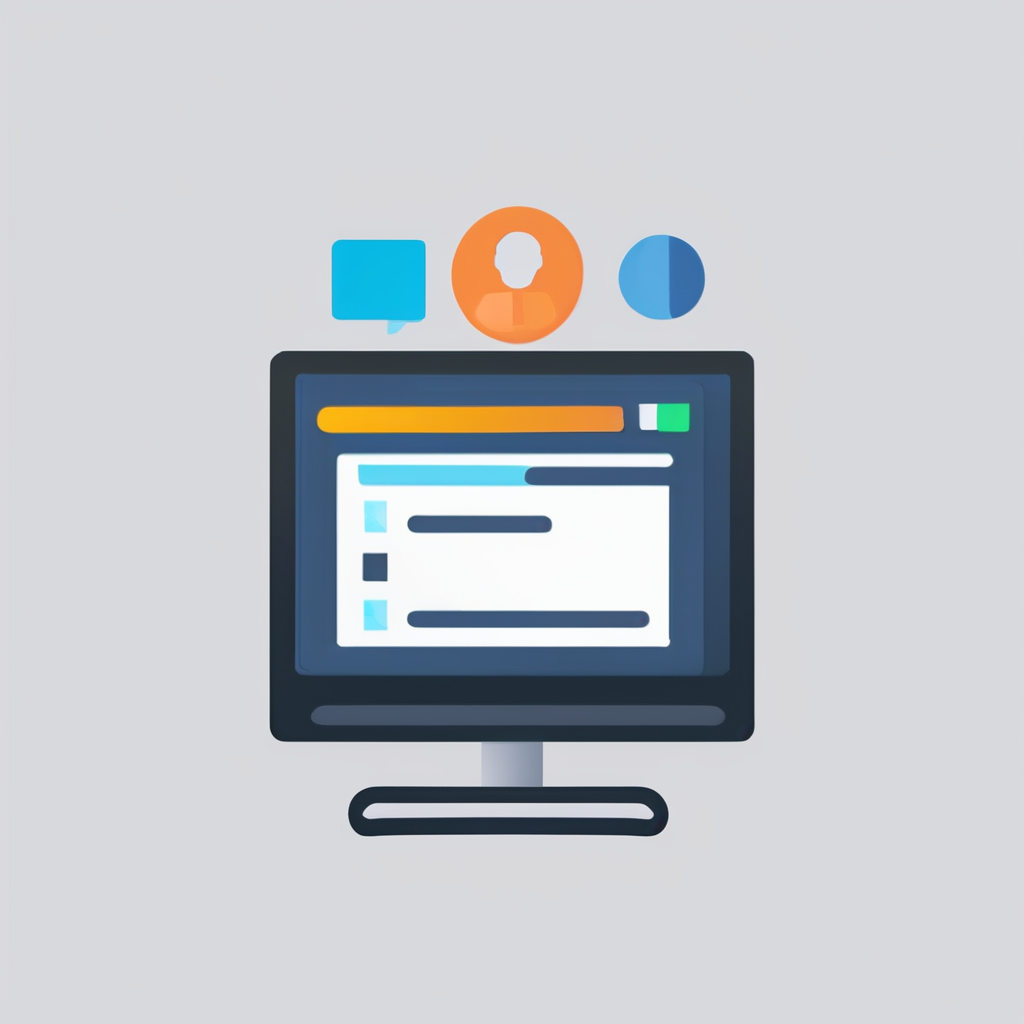Impact of Computer Hardware on Everyday Productivity
Understanding how computer hardware upgrades influence your daily computer use is essential for recognizing their value in boosting productivity. Key components such as RAM, SSD, CPU, and GPU each play distinct roles in enhancing performance.
For instance, RAM directly affects your system’s ability to handle multiple applications simultaneously. Insufficient RAM can cause slowdowns during multitasking, leading to frustrating delays. Upgrading to more RAM allows smoother switching between programs and faster data access.
Also to discover : How Can UK’s Computing Hardware Evolution Influence Future Technological Trends?
SSDs significantly reduce load times compared to traditional hard drives. They improve application responsiveness by providing quicker data retrieval, which means your daily tasks like opening files or launching software happen almost instantaneously.
The CPU acts as the brain of your computer, processing instructions that dictate overall performance. A more powerful CPU enables faster completion of complex computations and efficient management of workflows, especially when running resource-intensive applications.
Also read : What are the cost-effective solutions offered by UK computing hardware?
While GPUs are often associated with graphics, they also contribute to productivity in tasks involving video editing or simulations, accelerating rendering times and improving visual output quality.
Typical bottlenecks in daily use include sluggish startup times, stuttering during multitasking, and delays in application loading. Addressing these through targeted hardware upgrades results in a noticeable productivity boost, enabling users to stay focused without interruptions.
By selecting upgrades tailored to specific workflow needs, users can enhance overall efficiency, ensuring smoother multitasking, quicker application responsiveness, and a more seamless daily computing experience.
Practical Benefits of Upgrading Computer Hardware
Upgrading your computer hardware delivers tangible benefits that impact daily use. One of the most noticeable hardware upgrade benefits is enhanced multitasking, especially when you add more RAM. Increasing RAM allows office applications and browsers to run smoothly without slowing down, even with multiple tabs or programs open. This improvement directly translates to a more efficient and less frustrating user experience.
Switching from a traditional hard drive to a solid state drive (SSD) is another upgrade that offers clear performance improvements. SSDs drastically reduce boot times, allowing your system to start up in seconds rather than minutes. They also speed up file access, so opening large documents or media is quicker, providing immediate real-world effects.
For users handling more demanding tasks, upgrading the CPU or GPU can significantly enhance responsiveness. Whether you’re participating in video calls, performing data analysis, or doing light design work, a faster processor and improved graphics allow these activities to run more smoothly. These upgrades minimize lag and jitter, leading to a more seamless workflow.
Together, these hardware upgrade benefits make everyday computing more efficient and enjoyable, proving their value beyond just technical specs.
Limitations and Considerations for Upgrading
When deciding whether to upgrade your computer hardware, it is crucial to weigh hardware compatibility and upgrade limitations carefully. For instance, trying to install the latest high-performance components in an outdated motherboard may lead to incompatibility issues, rendering the upgrade ineffective. Additionally, older systems often lack support for modern standards, which can severely blunt any performance gains you hope to achieve.
Cost-effectiveness plays a pivotal role here. Upgrading a single part might seem cheaper initially, but if your system is several years old, the cumulative expenses and limited improvements might surpass the benefits. For example, upgrading RAM or storage might not significantly boost productivity if your CPU or graphics card remains a bottleneck. In such cases, investing in a new system could deliver better returns.
Evaluating the age of your system alongside hardware compatibility ensures you don’t waste resources on components that cannot perform optimally together. Performing a thorough cost vs. benefit analysis helps in identifying when upgrades make sense and when a replacement is more practical. Ultimately, focusing on balanced improvements that complement existing hardware will maximize your system’s performance and longevity.
Old vs. New Hardware: Performance and Productivity Comparison
When evaluating old vs new hardware, the tangible impact on productivity often becomes the decisive factor. In everyday tasks such as web browsing, document editing, and email management, newer hardware generally offers smoother and faster operation. For example, upgrading from an older laptop to a mid-range modern model can reduce application loading times and improve multitasking capabilities, leading to noticeable time savings.
Benchmark examples consistently show improved processing speeds and quicker response times with newer CPUs and SSDs compared to years-old components. These improvements translate into less waiting, fewer interruptions, and a more fluid workflow. However, it’s important to recognize that for basic use, the performance gains may reach a diminishing returns point. High-end processors or premium graphical components often exceed the requirements of routine tasks, and the incremental productivity boost may not justify the additional cost.
Choosing hardware should thus balance cost, performance, and actual user needs. In many cases, mid-tier new hardware can deliver optimized productivity without overspending on advanced features that remain underutilized in daily use scenarios.
Cost-Effective Upgrade Recommendations
When considering affordable hardware upgrades, it’s essential to focus on components that deliver the most noticeable productivity improvements without breaking the bank. For typical users, prioritizing upgrades like increasing RAM and switching to a solid-state drive (SSD) often offers the best return on investment. These changes dramatically reduce loading times and improve multitasking capabilities, directly boosting efficiency.
To ensure you make the best choices, assess your upgrade needs based on your current computer age and the tasks you regularly perform. Older machines typically benefit more from an SSD upgrade, while users handling many simultaneous applications gain the most from added RAM. Keeping this in mind helps prioritize spending effectively.
Additional upgrade tips include evaluating your processor’s capacity before investing heavily, as CPU upgrades can be pricey and sometimes less impactful for standard workflows. Instead, focusing on affordable hardware upgrades that tackle storage and memory issues usually brings the greatest productivity gains for most users.
